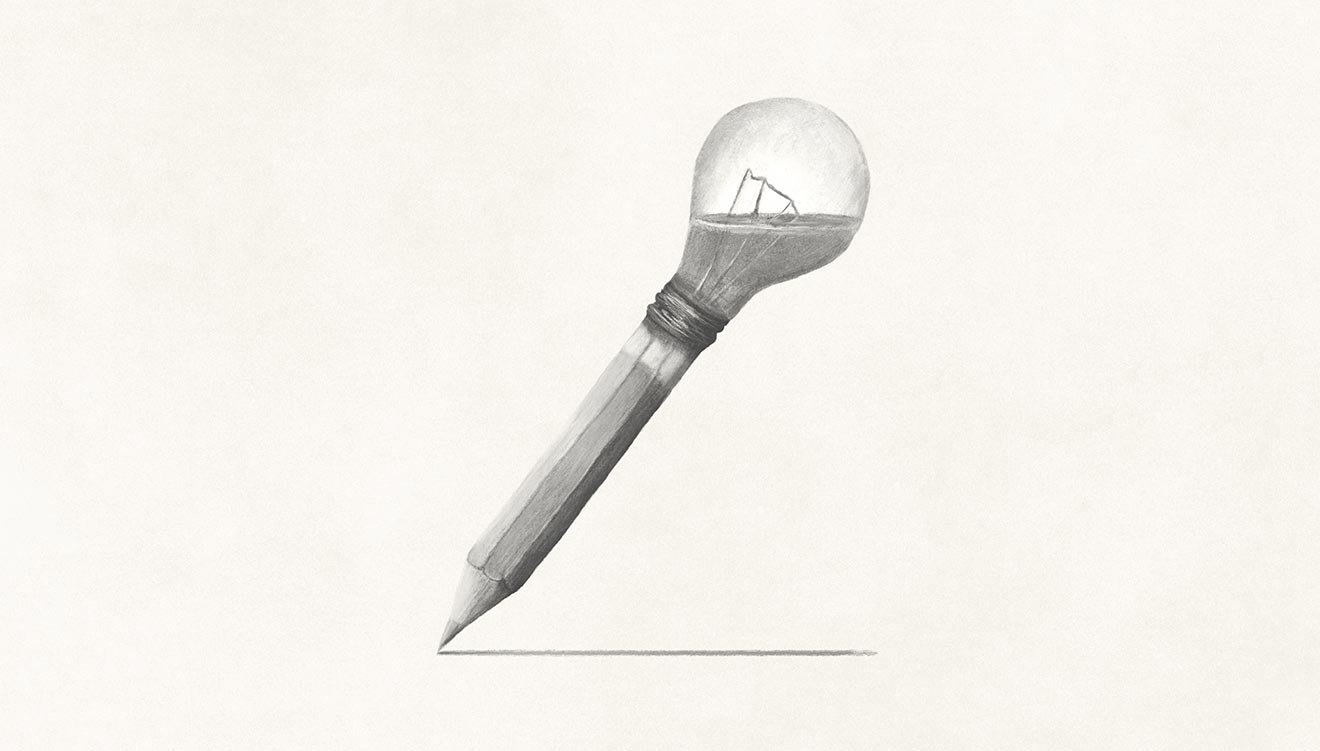This isn’t a pitch. It’s me fully disclosing exactly what you need to know about me if we’re going to work together. I’d rather you get to know me for who I really am than present the job interview version people seem to expect.
Psychological safety is non-negotiable
This, right here, is arguably the most important point of this manifesto. If we don’t have this, we have absolutely nothing.
Understand that the concept of psychological safety isn’t just the next trendy buzzword for me, nor should it be for anyone else. The corporate world is rife with employee abuse, and people need clear protections from behavior that threatens their mental well-being at work.
If I notice that it’s unsafe to give feedback or push back on unreasonable requests, or if it’s culturally unacceptable to raise concerns, know that you’ve lost me. You simply cannot build trust in such conditions.
Yes, I work hard… within reason
I’m committed and I care because I’m passionate. I’m not one to count hours. But I won’t compromise my health to make up for an institution’s poor planning.
If a business model survives only by overworking people, that isn’t passion. It’s a staffing issue. And it’s the institution’s responsibility, nay—its legal obligation to fix it.
I take ownership, but I expect sponsorship in return
Do you want me to take initiative? Solve problems? Address existing issues? Then don’t make me beg for tools, permissions, or support at every turn.
I will step up if you do too.
Creative work takes time
Creative work requires deep focus. And deep focus is like threading a needle, miss the eye and the whole seam unravels.
Too little focus, and constant fragmentation leads to subpar results. Too much, and you’re headed straight for burnout.
But there is a bare minimum required, and if you don’t give creative projects enough time, they simply won’t reach the level of maturity you’re hoping for.
Digital creativity means trying new things
If you’re uncomfortable with innovation, you won’t get the results you’re hoping for.
Are you ready for…
- Experimenting with unfamiliar tools
- Navigating occasional friction with IT
- Taking creative risks
Because if you’re not, what’s the point of any of this? Oh and if your IT department is a brick wall, I need leadership to stop treating that like an acceptable status quo.
I’m a strategic thinker and that’s exactly what you need me to be
I shape narratives, anticipate user needs, and connect dots others might miss. But this only works if we’re all on the same page. I need alignment, not just approval.
Psychological safety makes a second appearance here on purpose
Yes, again. Because it’s not a bullet point. It’s the foundation.
Without it, everything else, initiative, creativity, and collaboration, breaks down. If problems are brushed aside to maintain appearances or if certain truths can’t be said aloud, our collaboration will be short-lived. And so will your best work.
I can spot the cracks in a culture faster than most
This isn’t arrogance. It’s pattern recognition built on years of experience. If I sense micromanagement, a lack of transparency, vibes instead of clarity, or any other kind of corporate rot hiding behind polished language, I’ll know.
I. Will. Know.
And once I know, trust me, it’s just a question of time before I’m out the door.
This post was co-written with ChatGPT to refine ideas, structure arguments, and enhance clarity.
